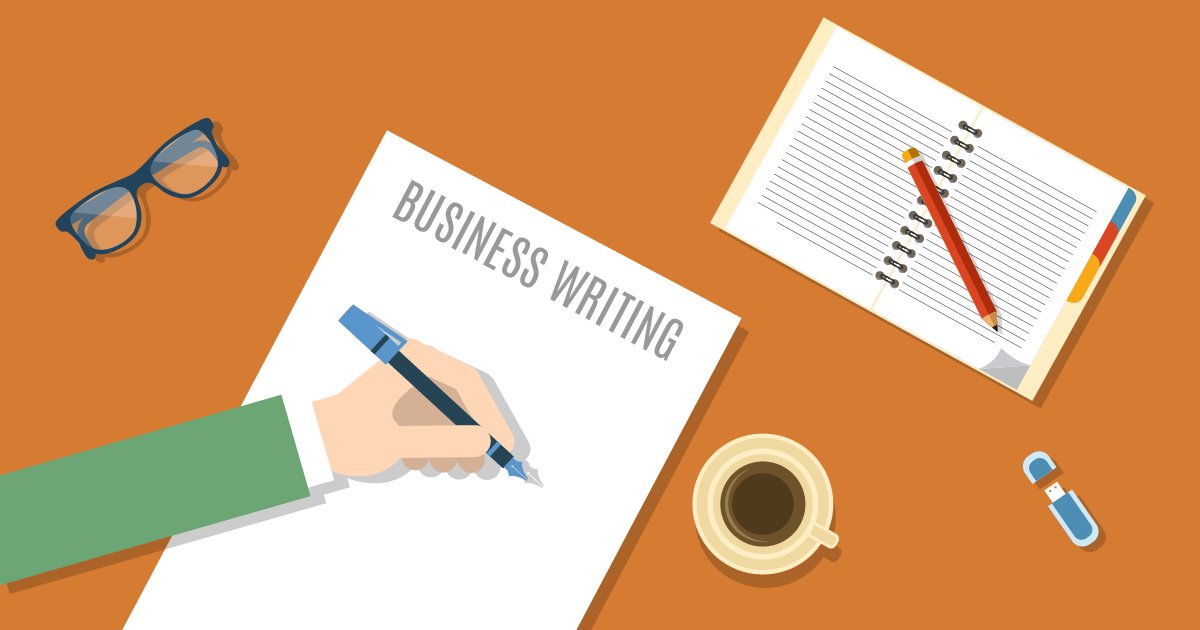In today's digital age, the art of writing a well-formatted business letter remains a crucial skill for professional success. Whether you're applying for a job, making a business proposal, or addressing a formal complaint, understanding proper business letter format can make the difference between being taken seriously and being dismissed. This comprehensive guide will walk you through every aspect of professional business letter writing, ensuring your correspondence reflects competence and professionalism.
The Foundation: Understanding Business Letter Components
A professional business letter consists of several key elements, each serving a specific purpose in formal communication. The sender's address appears at the top, followed by the date, recipient's address, salutation, body paragraphs, closing, and signature. This standardized format ensures consistency and helps recipients quickly locate important information. Understanding these components is the first step toward mastering business correspondence.
Header and Date Formatting
Your letter begins with your complete address positioned at the top-right corner of the page. Include your full name, street address, city, state, and ZIP code. Skip a line and add the date in full format (January 15, 2025). This information establishes your credibility and provides the recipient with essential contact details. Avoid abbreviations in the address—spell out "Street," "Avenue," and state names completely for maximum professionalism.
Recipient Information and Inside Address
After the date, leave several lines of space and include the recipient's complete information, known as the inside address. This should mirror the format of your return address: recipient's name, title, company name, street address, city, state, and ZIP code. If you're unsure of the recipient's gender or prefer a neutral approach, use their full name without titles like "Mr." or "Ms." Accuracy in this section demonstrates attention to detail and respect for the recipient.
Salutation: Setting the Professional Tone
The salutation sets the tone for your entire letter. "Dear Mr. Smith:" or "Dear Ms. Johnson:" are standard choices when you know the recipient's name. If the name is unknown, "Dear Hiring Manager:" or "Dear Sir or Madam:" are acceptable alternatives. Always use a colon after the salutation in business letters, not a comma, which is reserved for personal correspondence. This small detail reinforces the formal nature of your communication.
Body Paragraphs: Structure and Content
The body of your letter should be organized into clear, concise paragraphs. Begin with an introductory paragraph that states your purpose immediately. Follow with supporting paragraphs that provide details, evidence, or explanations. Each paragraph should focus on a single main idea and flow logically to the next. Use single-spacing within paragraphs and double-spacing between them. Keep sentences clear and direct, avoiding unnecessary jargon or overly complex language that might confuse your reader.
Professional Closing and Signature
Conclude your letter with an appropriate closing phrase such as "Sincerely," "Best regards," or "Respectfully yours." Leave four lines of space for your handwritten signature, then type your full name below. If you have a professional title, include it on the line beneath your typed name. This signature block provides a formal conclusion while leaving space for the personal touch of a handwritten signature, which adds authenticity to your correspondence.
Modern Considerations and Best Practices
In 2025, business letters may be sent electronically, but the formatting principles remain the same. When emailing a business letter, consider attaching it as a PDF to preserve formatting. Use a professional email address and include a clear subject line. Proofread carefully for grammar, spelling, and formatting errors. Remember that your letter represents not just you, but potentially your entire organization. These details matter in professional communication and can significantly impact how your message is received and acted upon.

